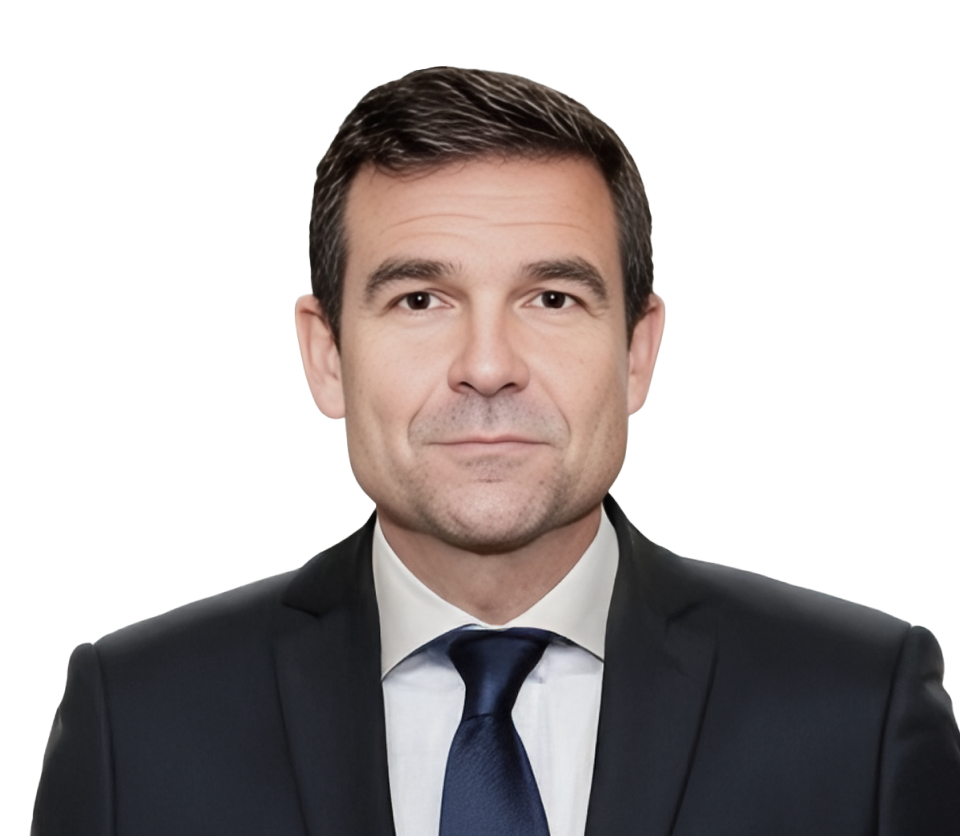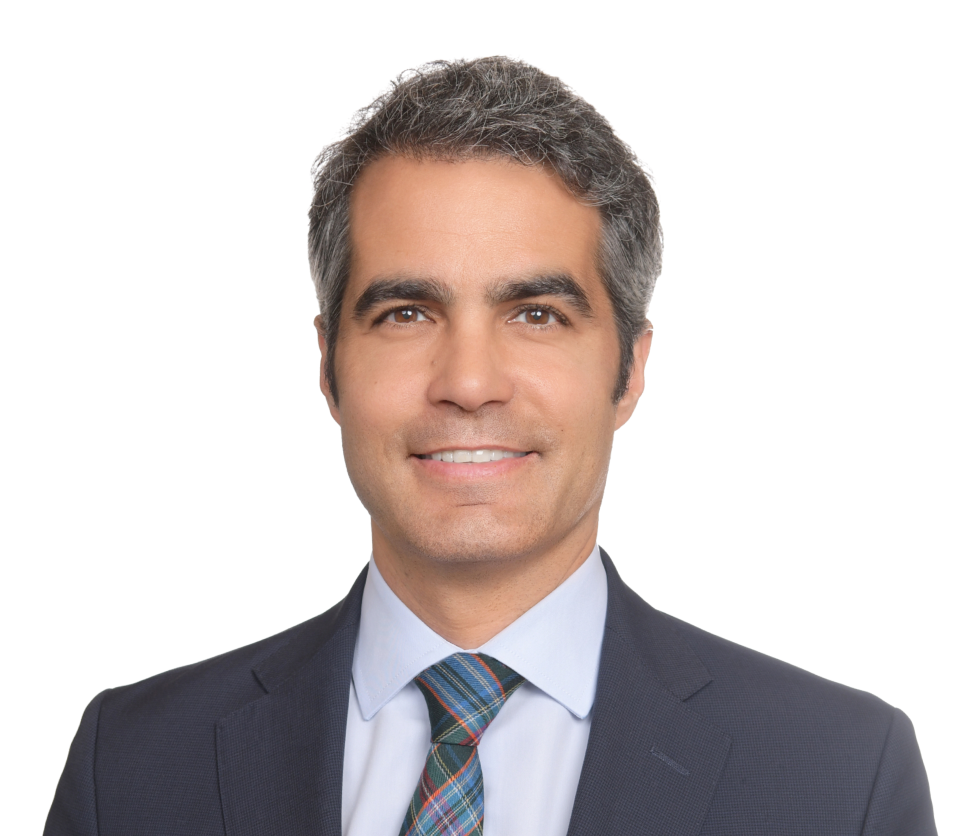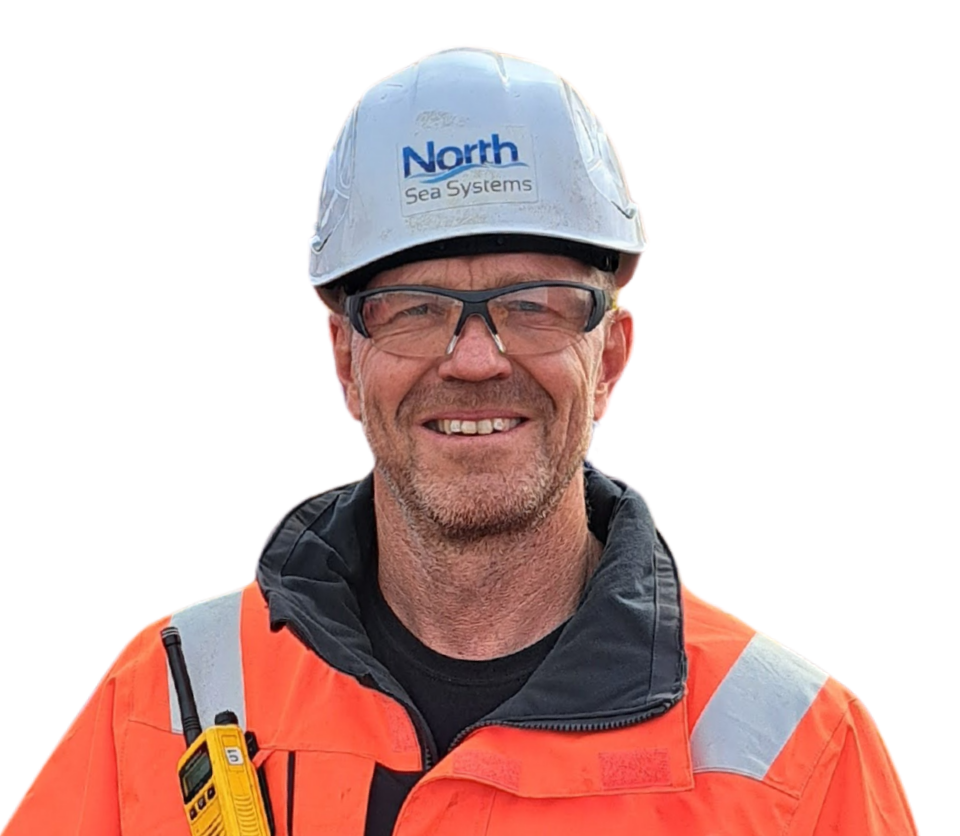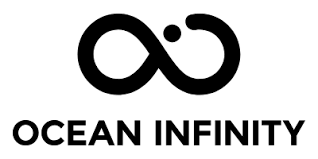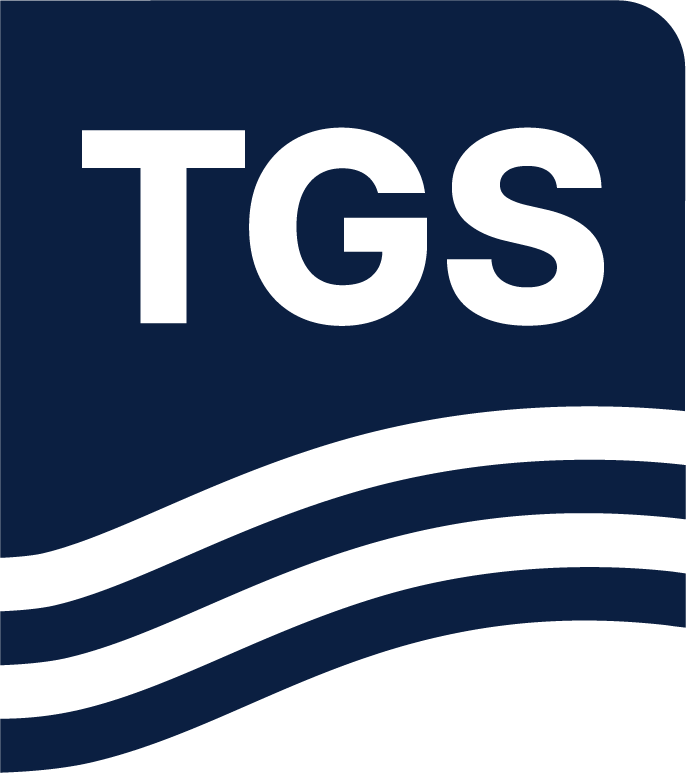Global Demand and the Next Wave of Connectivity
Hardly a month passes without announcements of new transoceanic or regional cable projects, driven by the exponential growth of cloud services and data-intensive applications. At Submarine Cables EMEA 2026, leading system architects and network planners will present the latest initiatives aimed at expanding capacity and enhancing route diversity between continents. Many cable operators and infrastructure providers are now concentrating on integrating new landing points that support emerging data hubs. This momentum is fuelled by the need for reliable, low-latency infrastructure to accommodate hyperscale data flows. The trend is reshaping global telecom economics and reinforcing the strategic role of the submarine cable layer.
Cable manufacturers and installation firms are responding to this surge by increasing production, advancing fibre technology, and investing in faster deployment vessels. Across the sector, stakeholders are reassessing supply chain resilience, capacity planning, and sustainable deployment strategies. Delegates at the event will hear directly from leading system suppliers on emerging trends in high-fibre count designs and innovations in powering solutions for long-distance systems.
Evolving Role of Submarine Cables in Energy and Cloud Ecosystems
Submarine cables are no longer just conduits for internet traffic; they are becoming key enablers of the energy transition. At Submarine Cables EMEA 2026, experts will examine the growing role of subsea cables in connecting offshore wind farms and supporting the interconnection of power grids across marine borders. As the offshore renewables sector grows, submarine power cables must adapt in terms of capacity, durability, and layout design. Hybrid projects are also gaining momentum, where fibre optic and power transmission cables are deployed together to optimise seabed use and minimise environmental impact.
Meanwhile, hyperscalers and cloud service providers are making direct investments in their global cable networks. The implications for bandwidth allocation, open access models, and long-term commercial structures will be explored at the conference by analysts and industry stakeholders. These players are reshaping how capacity is financed and delivered, creating both opportunities and challenges for traditional carriers and consortium-based models.
Technical, Regulatory, and Geopolitical Complexity
The challenges facing the submarine cable sector today go beyond engineering and logistics. Delegates at Submarine Cables EMEA 2026 will examine the increasingly complex regulatory landscape, including permitting timelines, cable protection zones, and cross-jurisdictional cooperation. National security concerns, geopolitical sensitivities, and evolving marine governance frameworks all influence how and where cable systems can be developed.
Infrastructure investors and service providers must also consider increasing scrutiny around environmental impact and climate resilience. As global seabed usage intensifies, aligning technical standards and regulatory processes becomes increasingly important. These developments call for close cooperation between governments, multilateral agencies, and industry consortia.
Market Outlook: A Five-Year Surge
While the current growth is significant, much of the industry’s future depends on its ability to scale efficiently and sustainably. Forecasts for the next five years remain positive, with continued investment expected across all regions. Analysts project strong growth in both fibre-optic and power cable deployments, particularly in areas experiencing simultaneous expansion of cloud infrastructure and offshore renewable energy.
Even with these opportunities, competition for marine resources and skilled labour may create bottlenecks. Submarine Cables EMEA 2026 will therefore bring together stakeholders from across the ecosystem, including network operators, cable suppliers, offshore energy companies and technology integrators, to navigate this high-growth landscape collaboratively.


